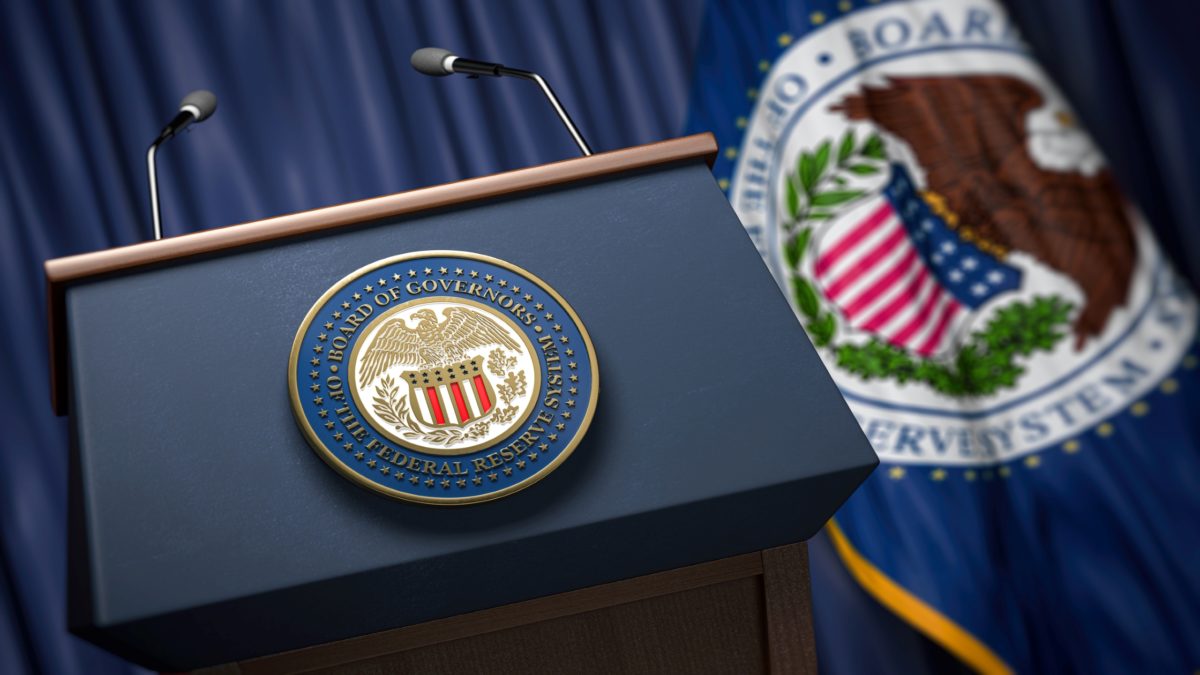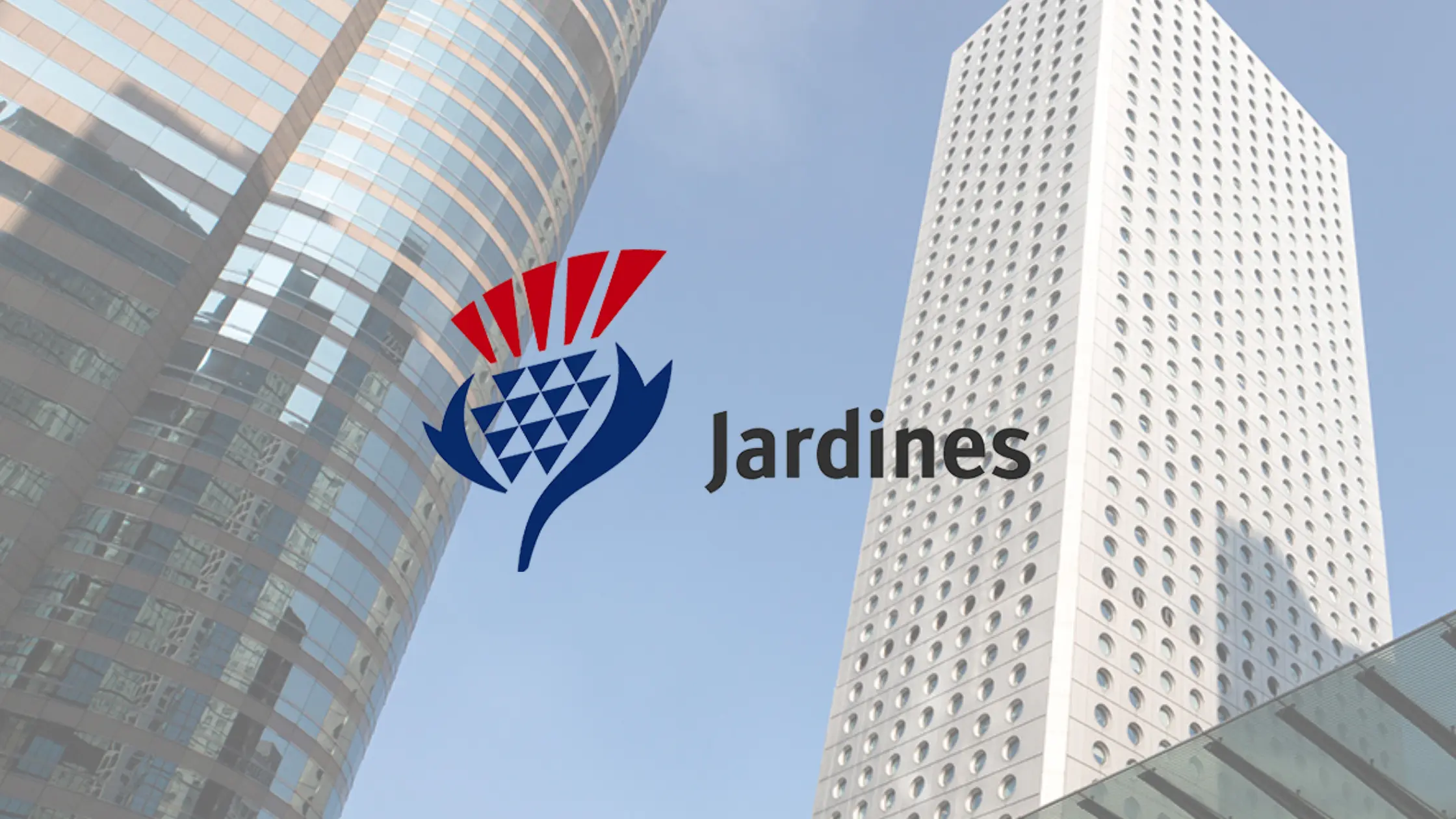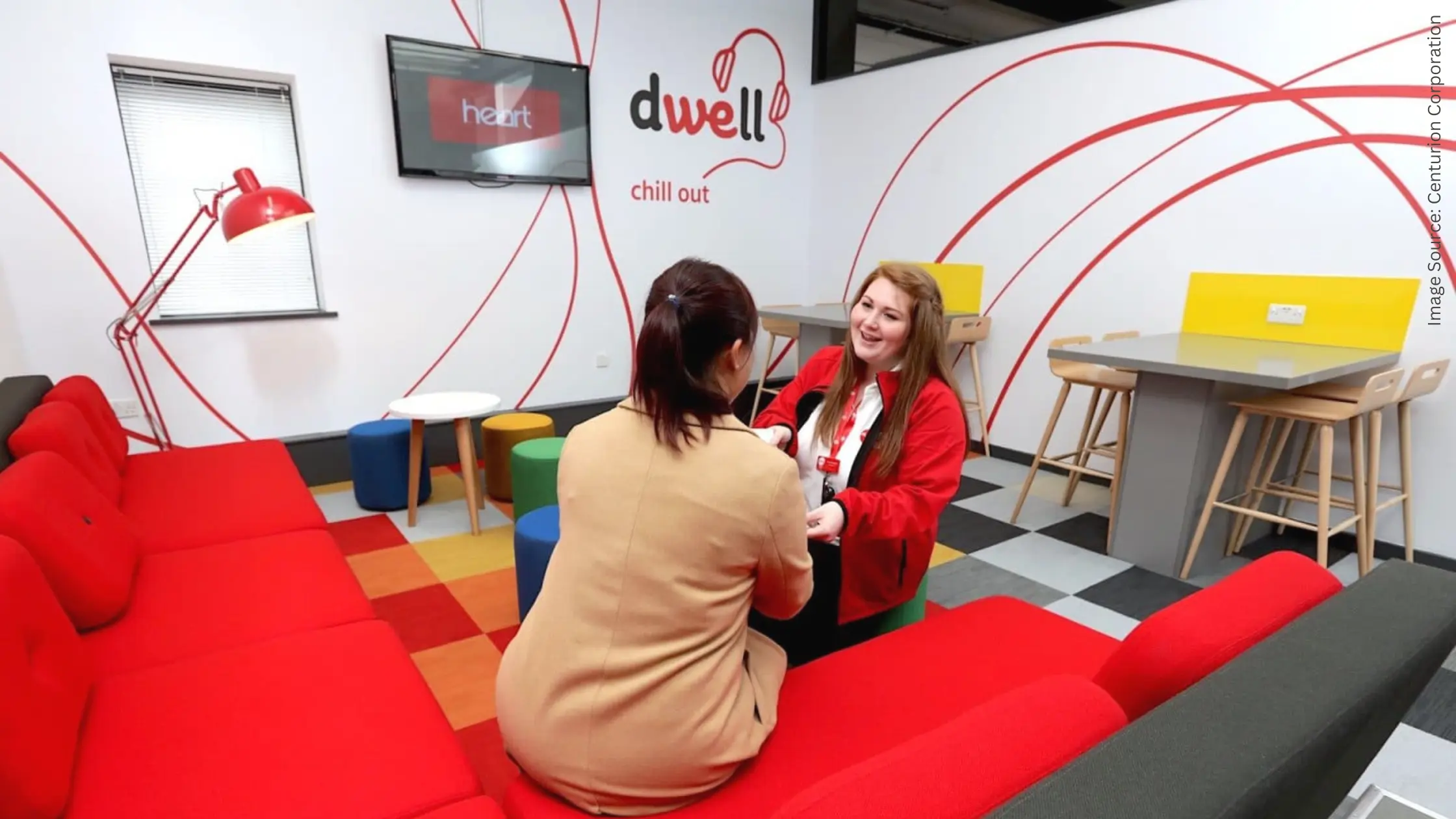In the US, stock markets just suffered their worst day of the year as the US Federal Reserve (Fed) rate hikes rattle investors.
The Dow Jones Industrial Average lost over 1,000 points, or 3.1%, while the S&P 500 Index and NASDAQ Composite Index fell by 3.5% and 4.9% respectively.
The steep fall came after the Fed chair, Jerome Powell, announced the sharpest rise in interest rates in over 20 years.
The Fed’s aggressive shift to raise interest rates was aimed at fighting the persistent inflationary pressure that is seen amid the surge in commodity prices, disruptions to supply chain and the pent-up demand as the world reopens.
As energy markets continue to remain volatile amid tight supplies of oil due to the Russia-Ukraine war, this could keep inflation high and could ultimately impact businesses, consumer activity and overall economic growth.
Are rising interest rates bad for the stock market?
While the rise in interest rates could lead to a rotation into safe haven assets, empirical data show that the S&P 500 Index tends to generate a positive return in the 12 months after the first interest rate hike (see chart below).

I believe that the current tightening cycle is justified by the strong employment data in the US and, given the strong economic recovery from the COVID-19 pandemic, businesses will continue to remain resilient despite the rising interest rate and inflationary environment.
Just as seen in the chart above, I think that the recovery of share prices will be swift once the monetary tightening path is well communicated.
Downside risk remains: Stagflation
There is a downside risk to watch out for, which is stagflation, a low growth and high inflation environment.
At this point, I am not too concerned as the current inflation is fuelled by one-off disruptions, such as the Russia-Ukraine war and the reopening of the global economy.
It is, however, important to pay attention to how the rising interest rate will affect both demand and inflation.
Rising rates are already affecting the US housing market as the average rate on a 30-year fixed-rate mortgage rose to 5.27% this week, its highest level since 2009.
The impact of rising rates on the affordability of homebuyers could spill over to the overall economy as spending power diminishes.

Disclaimer: ProsperUs Investment Coach Billy Toh doesn’t own shares of any companies mentioned.











